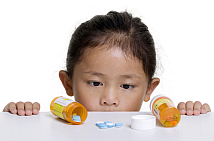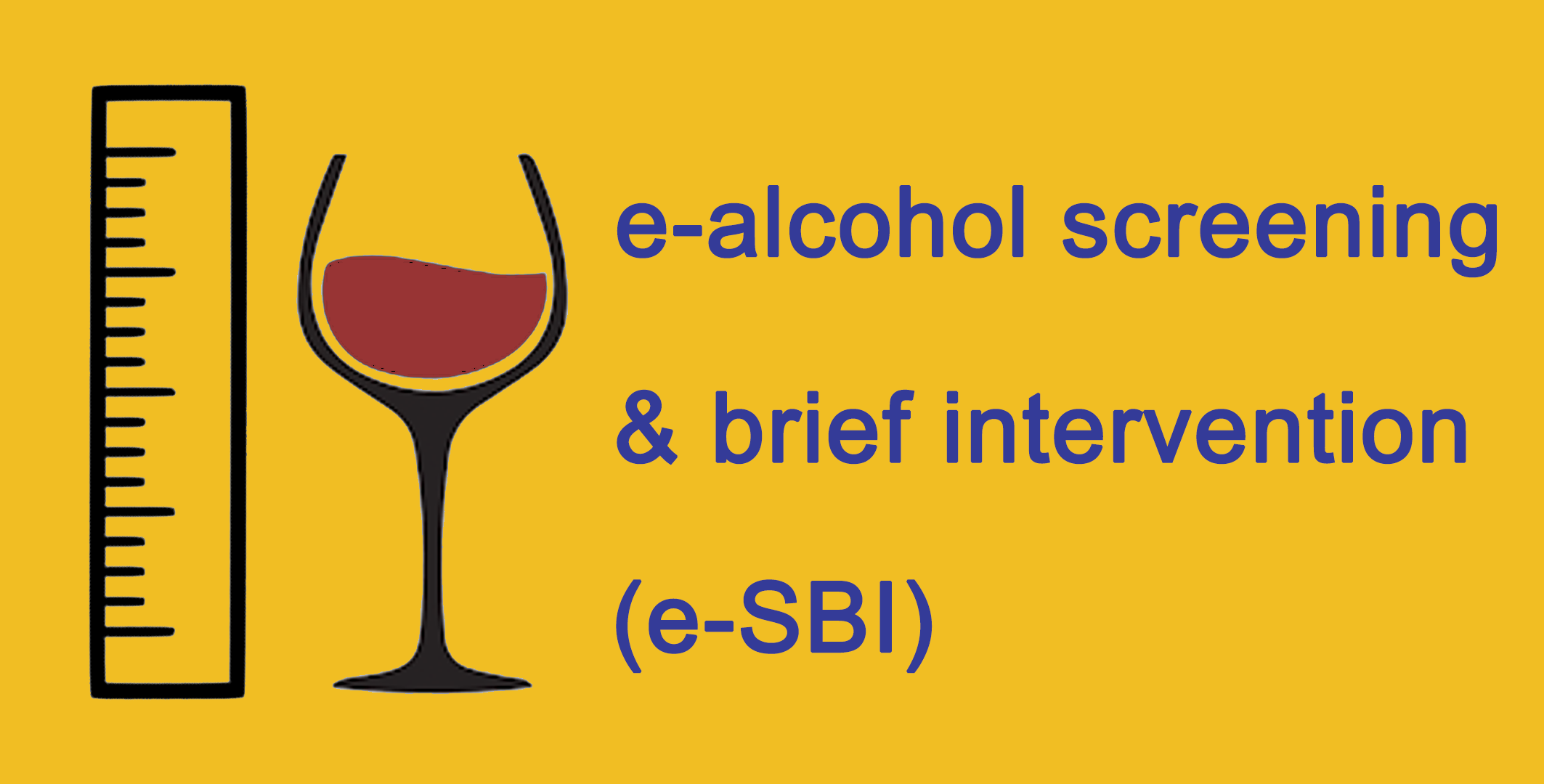NCD Watch
Keeping children safe from unintentional poisoning in the Home
29 Sep 2014 (Mon)
 Many people think that the home is a place where children will be safe from all harms. However, the home can sometimes be dangerous for children. In fact, poisons can be found in everyday items that are located in the home. Some poisoning agents commonly found in the home include medications, alcohol, household cleansing products (such as bleaches, disinfectants and detergents), cosmetics and personal care products (such as perfumes, mouth washes and hair dyes), and pesticides, etc. They can be ingested, inhaled or absorbed when in contact with skin or mucous membranes. While most unintentional childhood poisoning incidents in the home happen suddenly, some develop progressively over time due to repeated or chronic exposure to small amount of the toxic substances (such as lead, a heavy metal which can be present in lead-based paint and toys).
Many people think that the home is a place where children will be safe from all harms. However, the home can sometimes be dangerous for children. In fact, poisons can be found in everyday items that are located in the home. Some poisoning agents commonly found in the home include medications, alcohol, household cleansing products (such as bleaches, disinfectants and detergents), cosmetics and personal care products (such as perfumes, mouth washes and hair dyes), and pesticides, etc. They can be ingested, inhaled or absorbed when in contact with skin or mucous membranes. While most unintentional childhood poisoning incidents in the home happen suddenly, some develop progressively over time due to repeated or chronic exposure to small amount of the toxic substances (such as lead, a heavy metal which can be present in lead-based paint and toys).
In Hong Kong, unintentional childhood poisoning is not uncommon. Between 2011 and 2013, data from 16 Accident and Emergency Departments under the Hospital Authority showed that there were 793 unintentional poisoning cases among children aged 14 and below, in which 559 (70.5%) cases happened in the home. The most common poisoning agents involved were medications (63.5%), household products (15.4%) and pesticides (6.2%).
In fact, many childhood poisoning incidents can be prevented if parents and carers implement appropriate preventive measures in the home. Here are some dos and don’ts that can help reduce the risk of childhood poisoning in the home:
- Check every corner in the home for poisoning agents. Put all poisoning agents out of reach of children.
- Keep poisoning agents in their original child-proof and clearly labelled bottles or containers.
- Use child-resistant locks on cupboards containing cleansing fluids and other household chemicals.
- Dispose out-of-date or unwanted medications, chemicals and batteries properly.
- Keep children away from treated areas where pesticides are applied.
- Read the labels carefully and follow the instructions strictly when giving medications to children. Do not stock medications that are not needed.
Lastly, parents and carers should also be vigilant of the signs and symptoms of poisoning, such as hacking cough or trouble breathing; nausea and/or vomiting; abdominal pain; swollen or red eyes; rash, red or burned lips, mouth or skin; seizures; drowsiness or unconsciousness (in extreme cases). Act fast in case of suspected poisoning: keep calm; seek medical attention promptly; call 999 emergency hotline immediately if the condition is serious.






































